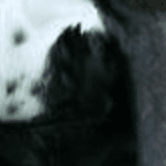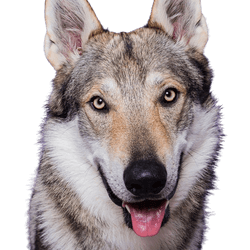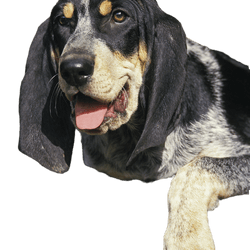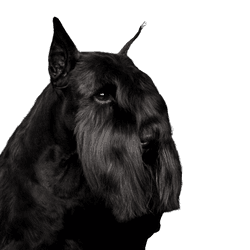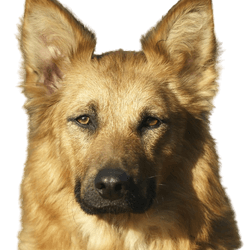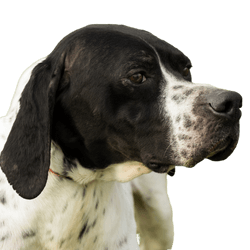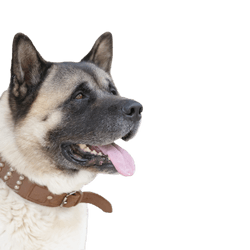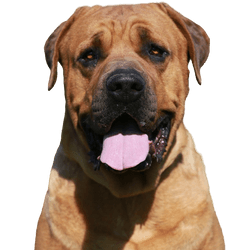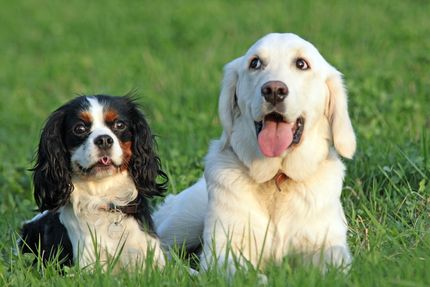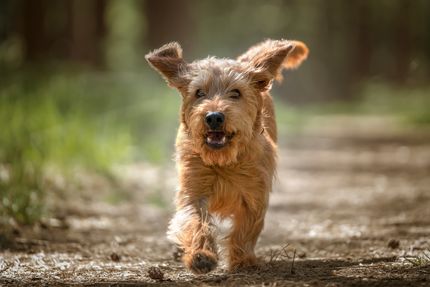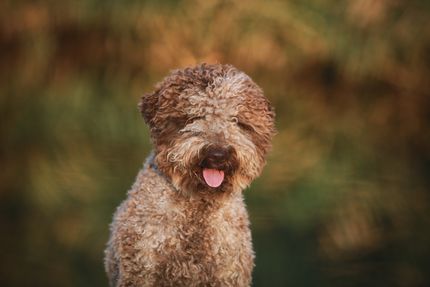Facts & Origin
The Landseer is an animal with a strong character that is specifically suitable for lovers of especially large dogs. They are considered to be very intelligent and are known as the European answer to the Newfoundland dog. The Landseer dog's coat colour is always white and black.
The origin of the Landseer
The still relatively young breed goes back to a much older one - the Newfoundlander. These dogs, which actually originate from today's Canada, were almost extinct in Great Britain in the 19th century. Lovers of the breed, such as the famous poet Lord Byron, created their own European breeding line. The new breed was named after the famous painter of noble dogs Sir Edwin Landseer. Unfortunately, he did not live to see the official naming of the breed in his honour. The name was officially established in 1900 and Landseer had already died in 1873.
Later, the Hungarian Kuvasz and Pyrenean Mountain dogs are said to have been included in the breeding. The aim was to establish white as the solid basic colour of the Landseer. This way, it was supposed be more clearly distinguishable from the Newfoundland dogs. The Landseer breeding and refinement especially advanced in the 20th century, specifically in Germany. The "German Landseer Club" that was founded in 1976 still exists today.
Breed characteristics of the Landseer
For the layman, the Landseer can hardly be distinguished from the Newfoundland to this day. However, Landseers are always white and black in colour, while the Newfoundland can also be dark brown or black.
Connoisseurs of the breed say that the Landseer is of a slightly taller and slimmer build. In addition, they have a significantly longer muzzle and are a bit sportier than their relatives from Newfoundland. With a withers height of up to 80 cm they are clearly one of the largest dogs in the world.
- rather young breed
- named after the animal painter Landseer
- is similar to the Newfoundland dog
- occurs only in the colour white-black
- FCI with the Standard No. 226 in Group 2, Section 2.2 Mountain dogs
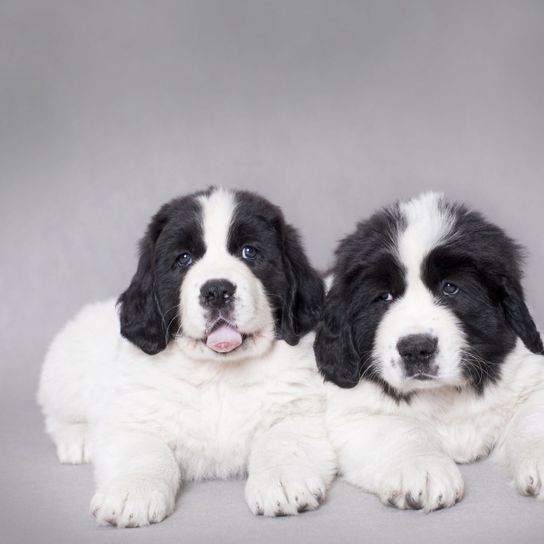
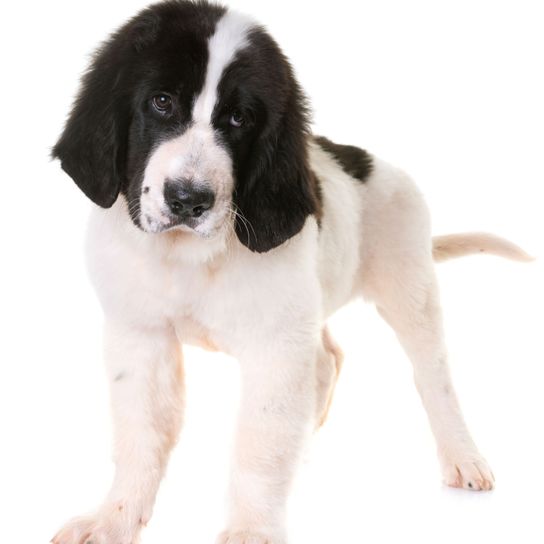

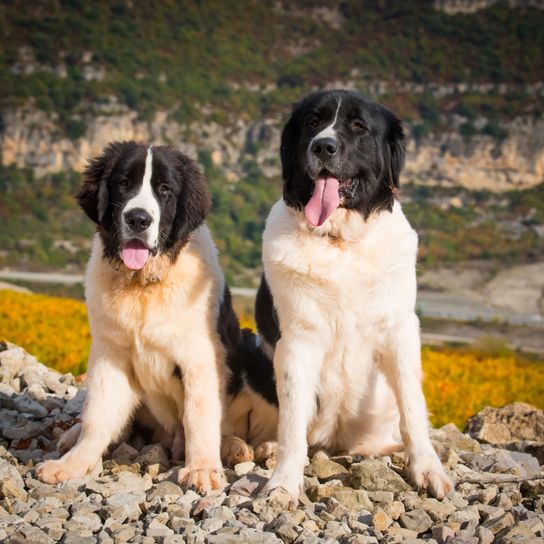
| Alternate Name | - |
| Origin | Canada |
| Life expectancy | 10 - 12 years |
| Care requirements | high-maintenance |
| Activity level | average |
| FCI group | Molossian type |
| AKC group | not recognised |
| KC group | Pastoral Group |
Landseer mixes
Attitude, character and temperament of the breed
The typical characteristics of the Landseer
In the words of the great English poet Byron:
"Here rest the bones of one who possessed beauty without vanity, strength without exuberance, courage without savagery, and all the virtues of man without his vices."
He dedicated this inscription to his beloved dog Boatswain. Although Boatswain was strictly speaking a Newfoundlander, descendants of this noble animal founded the Landseer breed later on.
It is suitable as a modern family companion or as a dog for couples as well as single people, as long as they can provide sufficient time and space. The Landseer is friendly by nature, can be perceived as threatening however due to its size, especially by children. This dog jumping around out of joy means 70 to 80 kg being set in motion! The dog should therefore be well socialised and trained.
Since the Landseer is considered to be extremely intelligent, training and obedience should not be a problem. Despite their size, the Landseer is an active dog. Walks or also sometimes a small bicycle tour do him good. They love playing around in water and also like to play with bigger children.
- very loyal and intelligent dog
- charismatic appearance
- can be temperamental
- rather unsuitable for small children due to their size
Usage

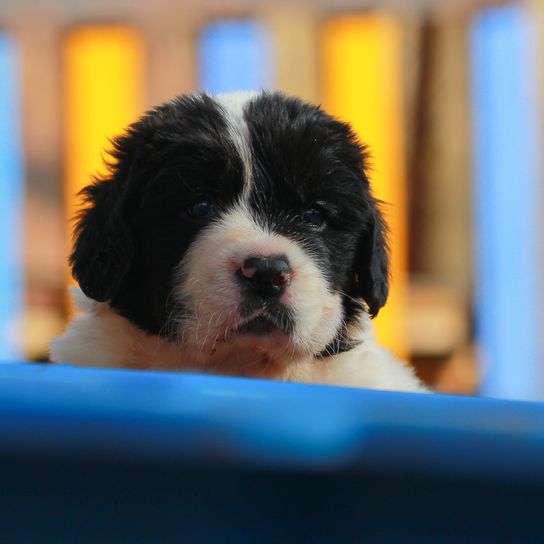

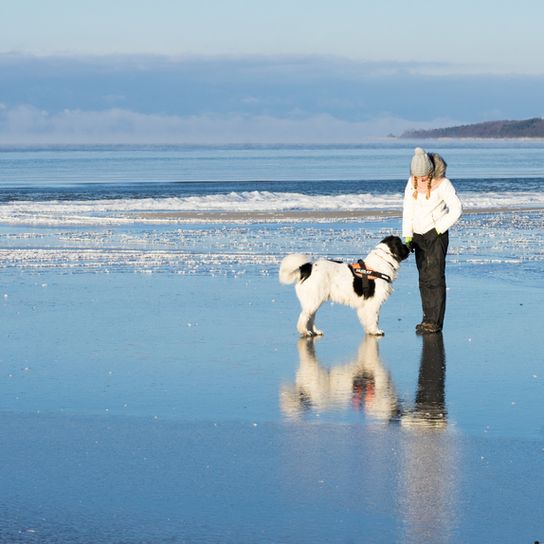
Breed typical diseases of the Landseer
As with all very large dogs, Landseers tend to develop hip joint dysplasia more often than other breeds. Affected dogs are taken out of breeding, nevertheless individual Landseers might still suffer from this problem.
Dogs of this size should not be forced to climb stairs. Jumping over obstacles or into a high car can cause problems. It is better to offer such a dog, especially at an advanced age, a ramp into the vehicle.
You should also avoid that this dog gets too hot. In peak summer, it is better to shift your activities to the early morning or late evening hours.
- Hip joint dysplasia
- sensitive to heat
Acquisition, breeding and keeping of the Landseer
Landseer puppies are available from selected breeders. The VHD keeps registers or you can contact the above mentioned Landseer Club if you are interested.
With a little luck you might find a lovable older Landseer waiting for you somewhere at the animal protection. If that would be an alternative for you, have a look at Landseer in Not!
If you would rather buy a young Landseer, you will have to expect costs between 1000 and 2000 Euros for a puppy with papers.

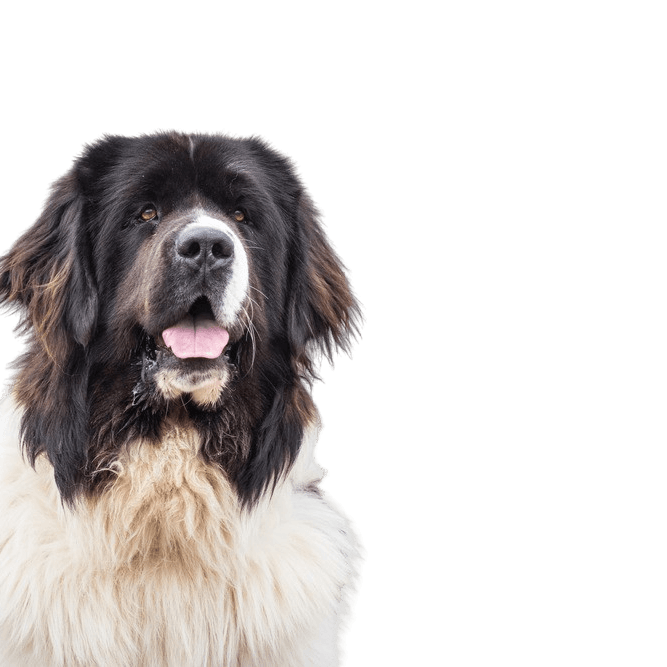
Appearance and coat of the Landseer
The big head with its loyally looking eyes, the two-coloured coat and their sturdy appearance remind a little bit of the St. Bernard. Indeed, these dogs could have been part of early breeding. Yet this has not been proven to date. The Landseer has a large, expressive head. The eyelids and lips hang down slightly. Their mouth is often opened with their tongue hanging out.
The Landseer has high set, slim and straight legs. The coat is long, soft and slightly shaggy. The head should be coloured predominantly black. The remaining body has a basic white colour with various black markings.
Underneath their 'bearskin' hides a stable and athletic build. The back goes down towards the tail and the hind legs are slightly lowered. The tail is long and hairy. It is carried loose or proudly semi-erect when walking.
- always two-coloured white-black
- long fur
- sporty physique
- typical drooping lips and eyes
Size, weight and life expectancy of the Landseer
The Landseer belongs to the family of giant dogs. The withers height (which is measured a little higher than the shoulder!) can reach up to 80 cm, the weight starts at 50 kg even in smaller bitches.
Despite their enormous size this very original dog can reach an age of up to 12 years.
- Height at withers males 72 to 80 cm
- Height at withers bitches 67 to 72 cm
- Weight males 60 to 75 kg
- Weight bitches 50 to 55 kg
- Life expectancy 10 to 12 years
| Fur length | medium |
| Fur | flat coated |
| Ear shape | Triangle |
| Tail | lang |
| Anatomy | rugged, massive, strong, hefty |
| Size ♀ | 67 - 72 cm |
| Weight ♀ | 67 - 72 kg |
| Size ♂ | 72 - 80 cm |
| Weight ♂ | 60 - 75 kg |
| Suitable For | - |
Colors


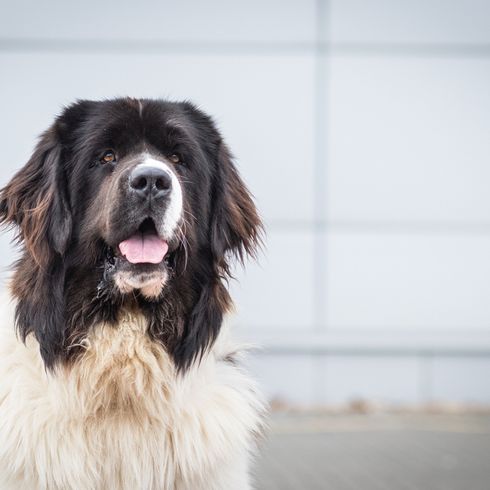
Known Diseases
Hip dysplasia (HD)
Hip dysplasia (HD) is a genetic condition in dogs where the hip joint is not shaped properly. This leads to pain, stiffness and restricted movement.
FAQ
-
Landseer puppies are rare and cost at least 1900 Euro.
-
Yes, the Landseer was originally a guard dog and still serves well as a guard dog and farm dog.





